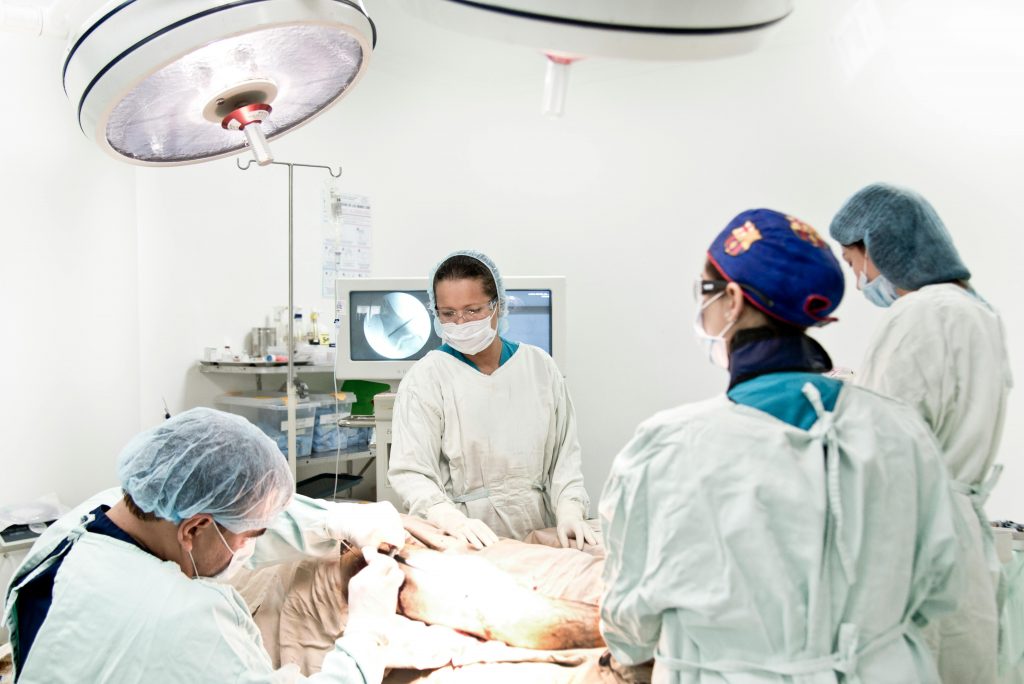Total hip replacement surgery, also known as total hip arthroplasty, is a surgical procedure designed to alleviate chronic hip pain and restore mobility in individuals suffering from severe hip arthritis or other hip conditions. This comprehensive article provides an in-depth overview of total hip replacement surgery, including different surgical techniques, recovery process, and advancements such as Mako robotics.
Understanding Hip Anatomy and Arthritis
The hip joint is a ball-and-socket joint consisting of the femur (thighbone) and the acetabulum (socket). Over time, the cartilage that cushions the hip joint may wear away, leading to arthritis. Hip arthritis can cause debilitating pain, stiffness, and loss of function, making everyday activities challenging.
When Does One Need a Total Hip Replacement Surgery
The smooth mobility of your hips is crucial for daily activities. But when that movement is hampered by pain and degeneration, a hip replacement surgery might be the answer. Here are some of the leading reasons why someone would undergo this procedure:
Osteoarthritis: This is the most common culprit, causing the cartilage cushioning the hip joint to wear down. This friction between bones leads to pain, stiffness, and limited movement.
Rheumatoid Arthritis: An autoimmune disease that attacks the joints, rheumatoid arthritis can inflame and damage the hip joint, causing significant pain and deformity.
Avascular Necrosis (AVN): Avascular necrosis, also known as bone death, occurs when the blood supply to the hip joint is disrupted. This can lead to the collapse of the bone and severe pain.
Hip Fracture: A broken hip can be devastating, especially for older adults. In some cases, the severity of the fracture may necessitate a hip replacement to restore mobility and function.
Severe Hip Pain: Constant and debilitating pain that interferes with daily life, even at rest, can significantly impact quality of life. If conservative treatments like medication and physical therapy fail to provide adequate relief, a hip replacement may be explored.
Limited Mobility: The inability to perform basic activities due to hip pain and stiffness can be frustrating and isolating. Hip replacement surgery can help restore a functional range of motion, allowing individuals to regain independence and participate in activities they enjoy.
Remember, hip replacement surgery is a major decision. If you’re experiencing hip pain, consult a doctor to discuss treatment options and determine if surgery is the right course of action for you.
Different Types of Total Hip Replacement Procedures
Total hip replacement surgery can be performed using various techniques, each with its own benefits and considerations. These techniques include:
- Traditional Total Hip Replacement: In this procedure, the damaged hip joint is replaced with implants made of metal, plastic, or ceramic. The surgeon makes an incision to access the hip joint, removes damaged bone and cartilage, and implants prosthetic components to restore function.
- Minimally Invasive Total Hip Replacement: Minimally invasive techniques involve smaller incisions, resulting in less tissue damage and faster recovery times. Two incision and one incision minimally invasive approaches are commonly used, allowing for quicker rehabilitation and reduced post-operative pain.
- Minimally Invasive Large Diameter Bearing Total Hip Replacement: This method utilizes a larger femoral ball, providing increased stability to the hip joint. By enhancing joint stability, patients may experience improved range of motion and reduced risk of dislocation.
- Metal-on-Metal Total Hip Replacement: In this procedure, both the socket and the ball of the hip joint are replaced with metal components. Metal-on-metal implants may offer increased durability and longevity compared to traditional implants.
Advancements in Total Hip Replacement Surgery
Mako robotic-arm assisted technology is a recent advancement in total hip replacement surgery. This innovative technology allows surgeons to create a personalized surgical plan based on each patient’s unique anatomy. During the procedure, the robotic arm assists the surgeon in precisely removing damaged bone and cartilage, as well as accurately placing the prosthetic components for optimal fit and alignment. Mako robotics offers enhanced precision, accuracy, and patient-specific outcomes, leading to improved overall satisfaction and faster recovery times.
Recovery and Rehabilitation
Following total hip replacement surgery, patients undergo a period of recovery and rehabilitation to regain strength, mobility, and function in the affected hip. Physical therapy exercises, pain management strategies, and lifestyle modifications are crucial components of the recovery process. With proper care and adherence to post-operative instructions, patients can expect significant improvement in hip function and quality of life.

Conclusion
Total hip replacement surgery is a highly effective treatment option for individuals suffering from severe hip arthritis or other hip conditions. By replacing damaged joint surfaces with prosthetic components, this procedure can significantly reduce pain, improve mobility, and enhance overall quality of life. With advancements such as Mako robotics and minimally invasive techniques, patients can expect personalized care, improved surgical outcomes, and faster recovery times. If you are considering total hip replacement surgery, consult with a qualified orthopedic surgeon to discuss your options and develop a personalized treatment plan tailored to your needs.
